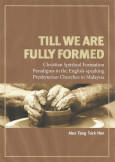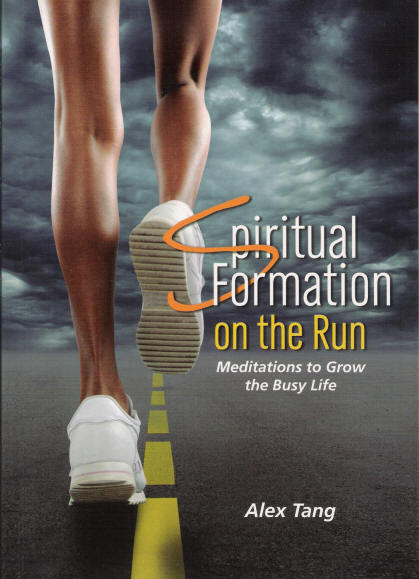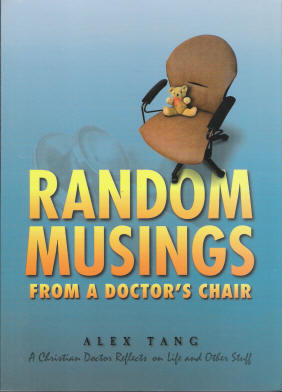Approaches to Biomedical Ethics

Recent advances in medical treatment modalities and technologies have brought the issues of biomedical ethics onto our shores. The standard of medical care in Malaysia is on par with most of the developed countries so the issues of biomedical ethics are not something that only involves other people in the first world. The Church has often been slow to face these issues and thus is often playing catch-up with societal norms and social pressure groups.
Approaches to biomedical ethics in most countries may be broadly divided into two categories. The first is consequentialism of which utilitarianism is the most common adopted approach. This follows the writings of Jeremy Bentham whose thesis is based on “the greatest happiness of the greatest number.” In other words, “the end justifies the means.” It is a humanistic and pragmatic approach. Its weakness is that there are no fixed goals posts, the boundaries being determined by the majority.
The second approach is deontology. Greatly influenced by the writings of Immanuel Kant, deontology defines that all moral definitions are based on “an ethics of duty” for the good of mankind. This sets boundaries on what can be done and that no ends are justified by any means, however honorable. It rallies against utilitarianism by insisting that “the road to hell is paved with good intentions.” Its weakness is that it tends to be inflexible.
Taken to the extreme, both approaches have dire consequences. Utilitarianism may end up with a nation deciding that some human life are not worth living, leading to the Holocaust, while deontology may end up burning some people on the stake.
Approaches to biomedical ethics in most countries may be broadly divided into two categories. The first is consequentialism of which utilitarianism is the most common adopted approach. This follows the writings of Jeremy Bentham whose thesis is based on “the greatest happiness of the greatest number.” In other words, “the end justifies the means.” It is a humanistic and pragmatic approach. Its weakness is that there are no fixed goals posts, the boundaries being determined by the majority.
The second approach is deontology. Greatly influenced by the writings of Immanuel Kant, deontology defines that all moral definitions are based on “an ethics of duty” for the good of mankind. This sets boundaries on what can be done and that no ends are justified by any means, however honorable. It rallies against utilitarianism by insisting that “the road to hell is paved with good intentions.” Its weakness is that it tends to be inflexible.
Taken to the extreme, both approaches have dire consequences. Utilitarianism may end up with a nation deciding that some human life are not worth living, leading to the Holocaust, while deontology may end up burning some people on the stake.
.
Labels: Biomedical Ethics















0 Comments:
Post a Comment
<< Home